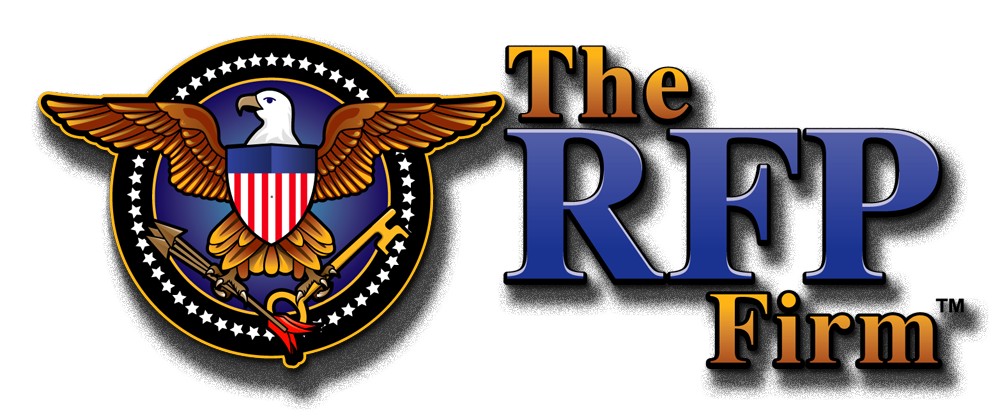When preparing a proposal for a small business, your goal is to make a strong impression by conveying a compelling argument that gives you confidence that the proposed solution will be both effective and successful. Here are some proven ways The RFP Firm has used to achieve this goal:
Know your audience:
It is important to tailor your proposal to your target audience. Start with thorough research about your potential customer. Gather information about their background, preferences, and specific needs. By understanding their needs and values, you can personalize your proposal and make it more attractive and relevant to them. By showing this level of care, you not only show an understanding of their goals, but you also increase your chances of forming a strong bond and earning their trust.
Clearly describe your unique approach:
Begin your proposal with a concise and compelling description of your business concept. Write it in a way that clearly describes the problem your company is trying to solve. Highlight what sets your idea apart from others in the market and, most importantly, what significant value it offers. Providing a solid, well-defined foundation for your proposal creates the foundation for a clear and compelling narrative that captures your audience's attention from the start.
Provide evidence based on your previous experiences:
A small business proposal should reflect the depth of your research and your understanding of the market. Add comprehensive data, trends, and insights where relevant that demonstrate your understanding of market dynamics. Provide valuable insights into the competitive landscape, customer preferences, and market potential. This not only shows your commitment, but also reassures your audience that your business is based on informed decisions and in-depth market knowledge.
Describe your business approach:
A solid proposal should provide a roadmap for your business. This roadmap should highlight your uniqueness and show how you will meet the scope of work. Go over your pricing strategy and explain what that price is based on. You want to demonstrate the viability of your proposed solution and inspire trust by your potential customer.
Highlight your experience and key personnel:
It’s important to highlight your qualifications and relevant experience of both your company and your key personnel. Highlight any unique skills or knowledge that make you stand out in your industry. Also, introduce your team members and their expertise. Proving that you have a competent and committed team creates trust among your potential clients. It shows that your business is not just a concept but is supported by a group of professionals with the skills and experience necessary to succeed.
Describe how you will mitigate potential risks:
Understand the potential risks and obstacles your business may face. Outline strategies to demonstrate how you will address these challenges. Show that you have considered multiple scenarios and have contingency plans in place. Not only does this demonstrate your proactive approach, but it also reassures your stakeholders that you are prepared for the uncertainties that may arise in the business world.
Create an attractive and professional format in:
The RFP Firm will design your proposal with a clean, organized layout that is professional and visually appealing. Where appropriate, incorporate graphics, diagrams, and images to improve clarity and enhance the narrative. A visually appealing proposal not only makes information easier to review, but also reflects your commitment to presenting your ideas convincingly.
All narratives must be written concisely:
While providing sufficient information is crucial, it is equally important to avoid unnecessary information not requested in the RFP. Keep your proposal concise and direct. Use clear and concise language and avoid jargon or technical terms that could confuse your audience. Ensuring your proposal is focused and simple will keep the evaluator’s attention and make it easier for them to understand your ideas.
Be sure to give a final review:
Before submitting the proposal, The RFP Firm always gives it a final polish and thorough review to eliminate any spelling or grammatical errors.
Follow up:
Once submitted, be sure to request confirmation of receipt. When allowed, ask if they have any questions or require further information. This step shows your ongoing interest and commitment to your offer. By following these recommendations, you are creating a proposal that stands out and improves your odds of making it to the final review process.
